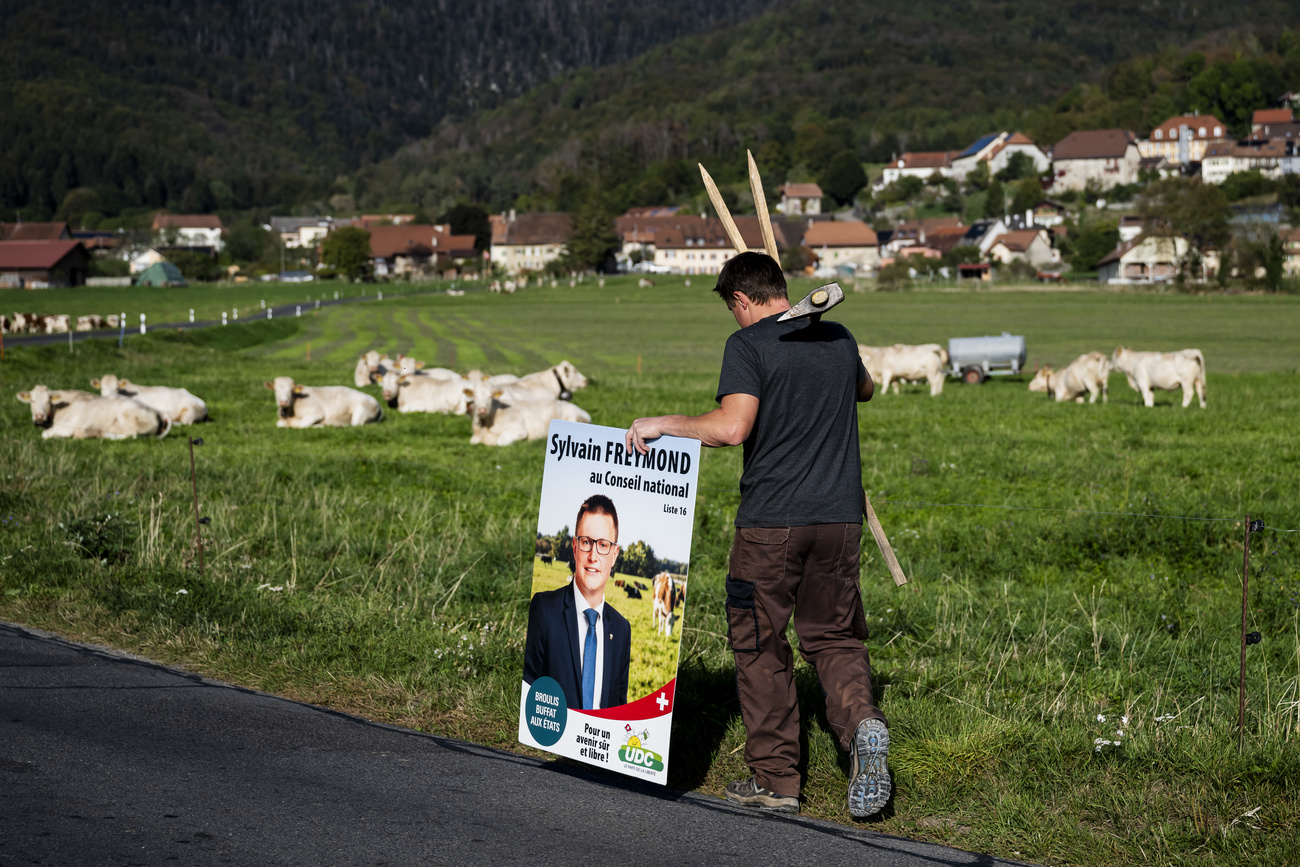
Switzerland Today
Good evening from Bern!
The briefing comes to you today from Switzerland’s political centre.
The sun has gone down here in Bern and the first results of the Swiss federal elections are in. The final results will be out tomorrow.
As of the time of publication, the biggest winner is the Swiss People’s Party. The biggest loss has been dealt to the green parties, showing that in Switzerland the “Green Wave” has dried up.
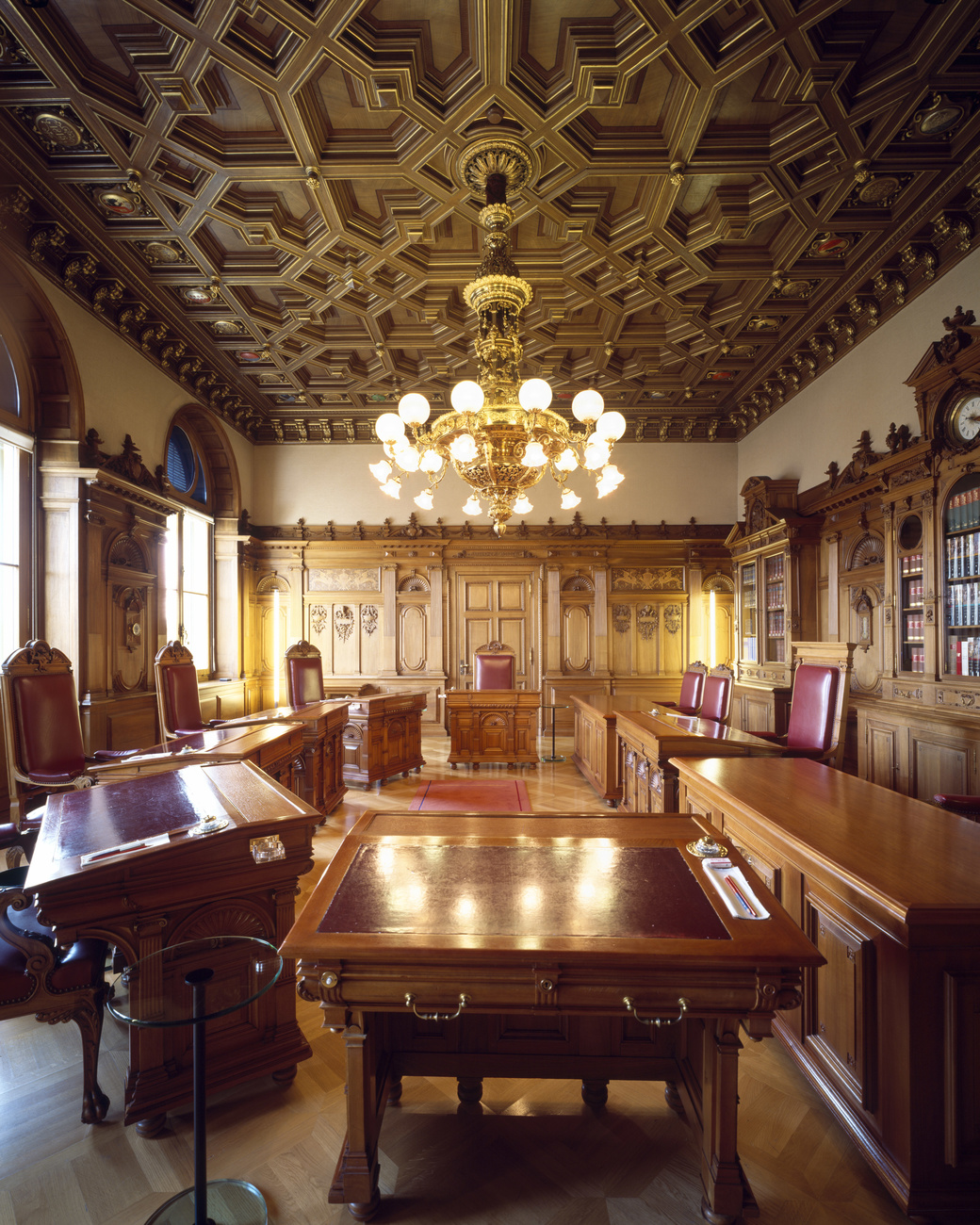
Who will be sitting at the table?
A record number of candidates threw their hat into the ring for the 200 seats in the House of Representatives and (most of) the 46 seats in the Senate: 5,909 people (41% of them women) ran for the House of Representatives, including 43 Swiss living abroad.
The big winner of the elections is set to be the Swiss People’s Party. The latest projections have the right-wing party winning eight seats in the House of Representatives, holding a total of 61 seats. The Swiss People’s Party has, as of publishing, 29% of the vote, an increase of +3.4 percentage points since 2019.

Current seat distribution
The “Green Wave” from Switzerland’s previous federal elections has receded dramatically according to projections. The two green parties are set to see the biggest losses. The Greens will likely lose seven seats, falling four percentage points, and the Liberal Green Party is projected to lose five seats, leaving them with 22 and 11 seats in the House respectively.
Meanwhile, the Social Democratic Party is to gain two seats in the House, making the Social Democrats the second-largest party in the House of Representatives with 41 seats. The Centre Party is to gain two seats, following the Social Democrats with a total of 30 seats. The Radical-Liberal Party currently retains its 29 seats.
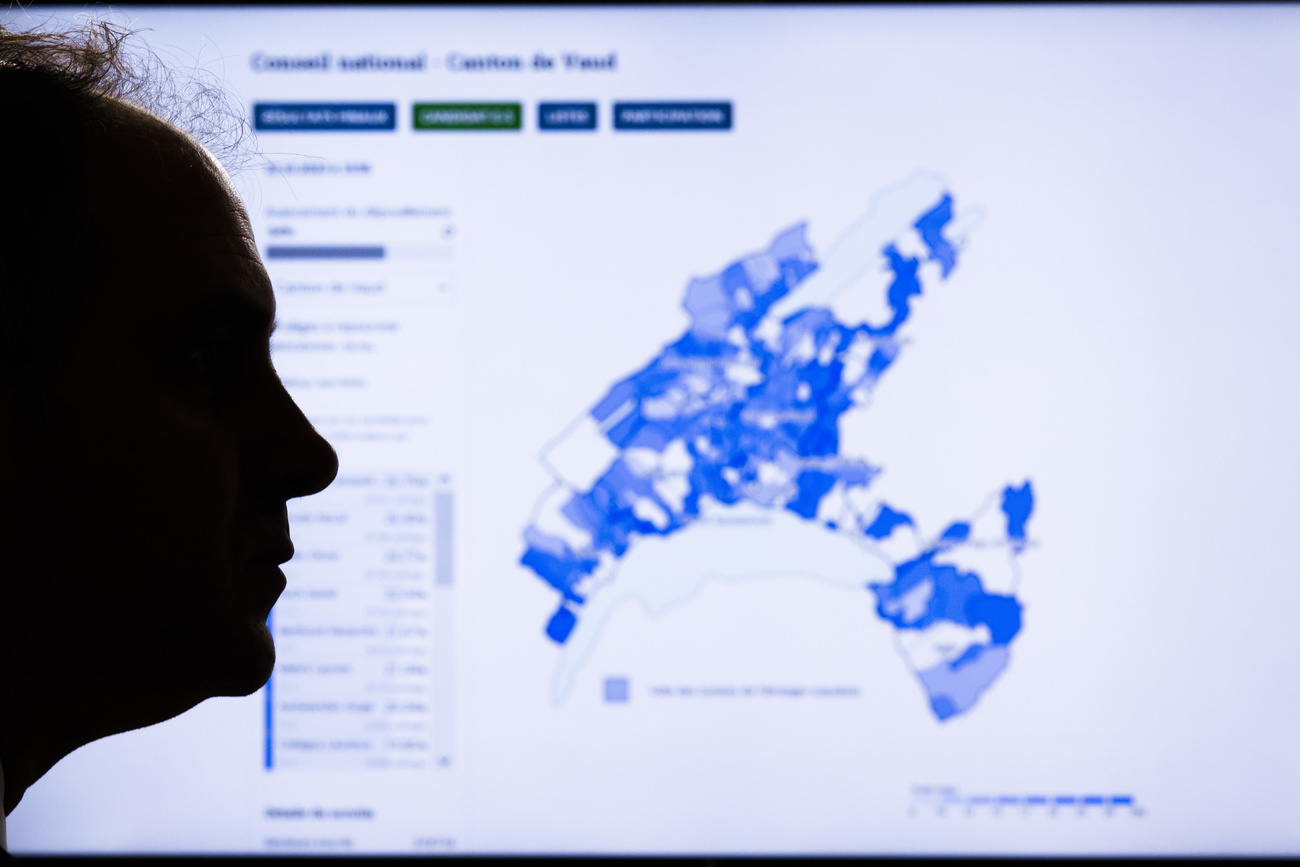
Historic moment for stable Swiss politics
It is a historic moment in Swiss politics: the Centre Party catches up with the Radical-Liberal Party, previously the third-largest party in Switzerland. Depending on the final result, which is not expected until Monday, the Centre Party could be entitled to a second Federal Council seat.
This is the magic formula that has been employed since 1959, which dictates that the three largest parties in the Swiss government each hold two seats and the fourth-largest receives one seat.
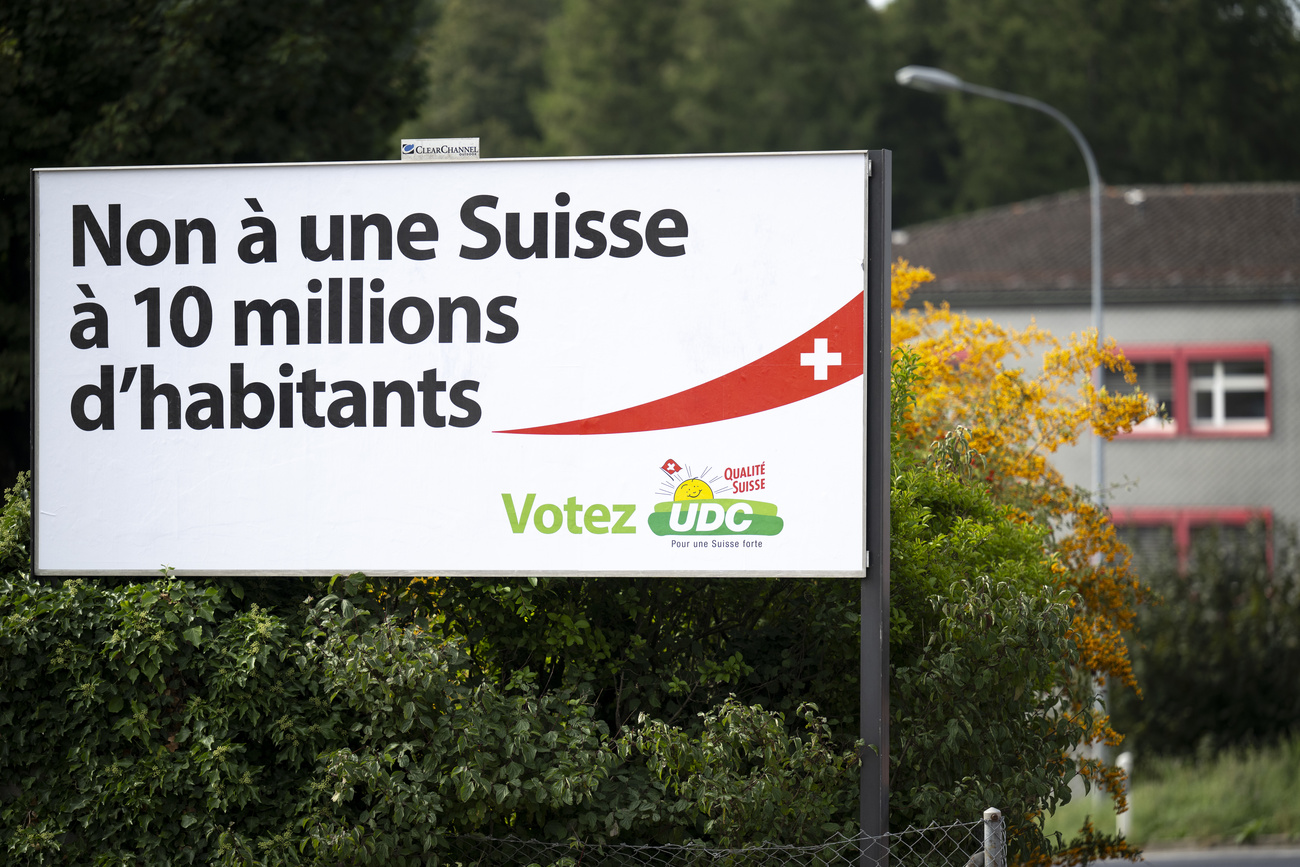
Immigration over environmental conservation
The swing to the right is primarily due to the concerns about the migrant crisis in Europe, which the People’s Party capitalised on. Images of a large number of refugees landing on the coasts of Italy helped put immigration policy top of mind for Swiss voters.
The Swiss People’s Party campaigned with the slogan “No to a ten million Switzerland”, calling for more immigration restrictions. This campaign drew criticism from the Swiss Federal Commission Against Racism but appeared to draw voters to the right-wing party.
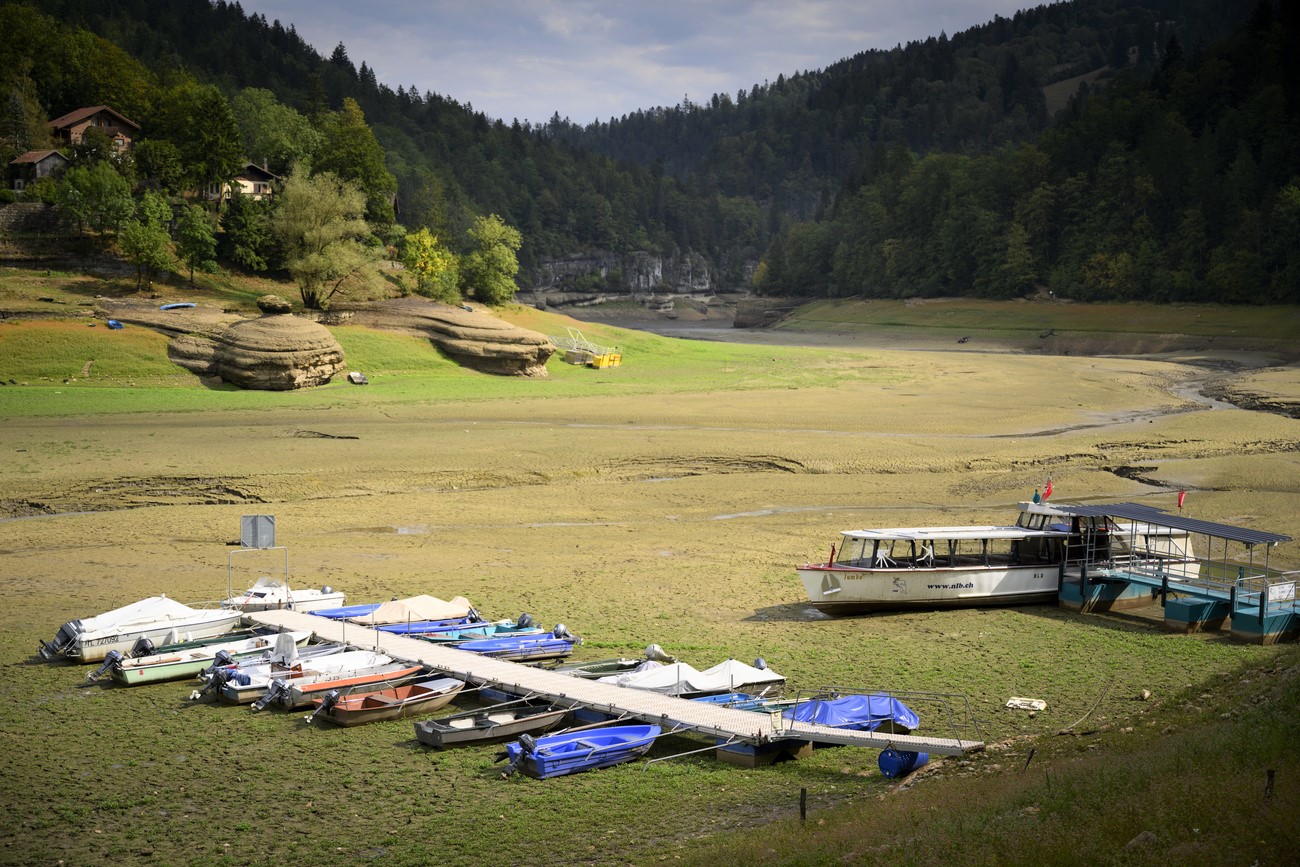
The Green Wave has dried up
The picture is clear: the Green Wave has dried up. Higher-than-average temperatures in October did not galvanise voters to back parties focused on environmental issues. Voters were, however, increasingly concerned about the economic squeeze on individual wallets – a key priority of the Social Democrats, which allowed them to maintain their second place position.
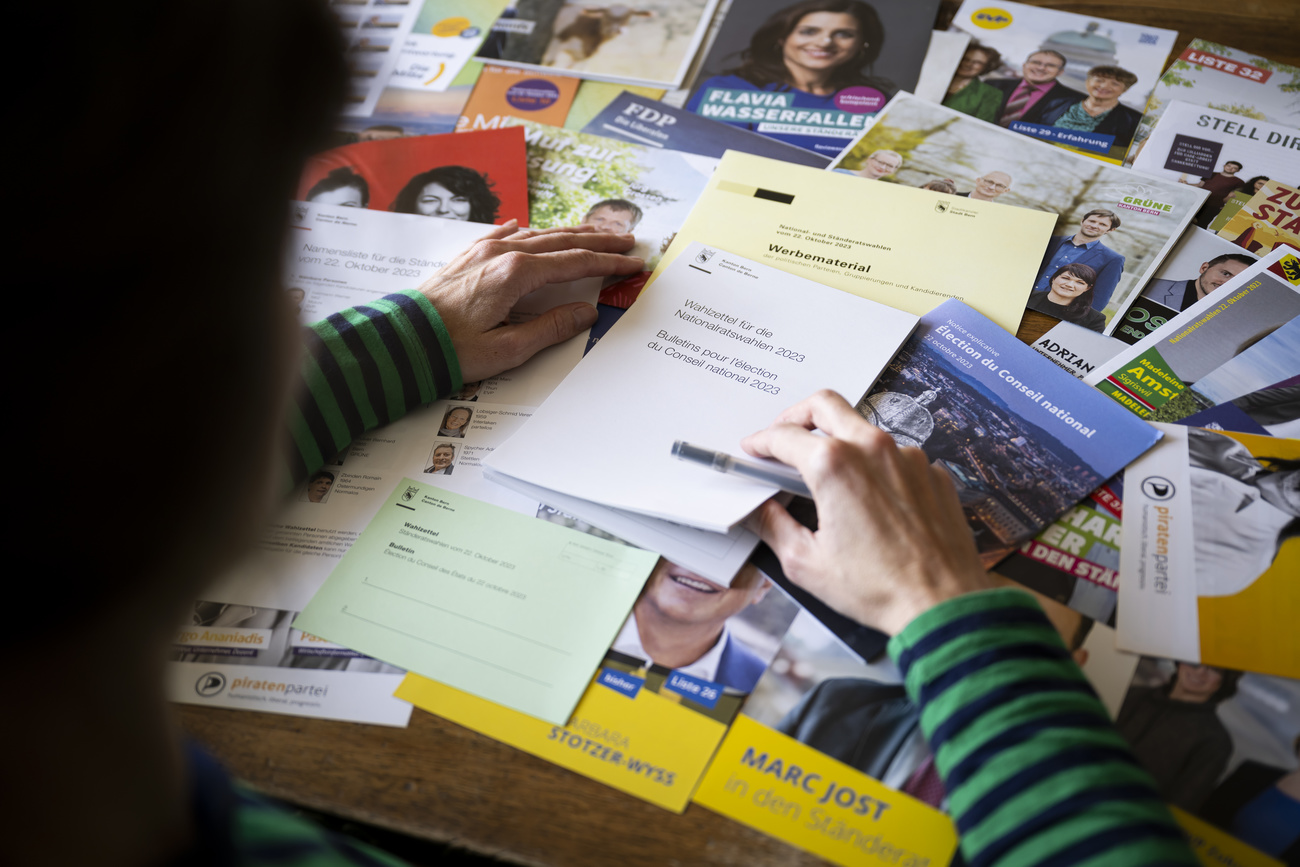
Voter fatigue
As reported by SWI swissinfo.ch journalist Marc Leutenegger, the overwhelming feeling of Swiss voters is political fatigue. Even with immense conflicts abroad, a climate crisis and ongoing economic pressures for housing and health insurance premiums, voter turnout was just 46.9%.
While this is considered a low turnout, it is still slightly above the 2019 turnout. Low voter turnout is not a new phenomenon. This is a reflection of the stubborn stability of the Swiss political system. In general, a gain of 3 percentage points is considered a landslide in Switzerland, but for the most part, the Swiss party power distribution remains unchanged.

Swiss Abroad voters
All Swiss parties have been competing for votes from the Swiss Abroad. The number of Swiss Abroad has tripled over the last 30 years.
“As the Swiss Abroad usually don’t pay for health insurance in Switzerland and usually do not pay taxes in Switzerland, they are able to vote with a value-orientated point of view,” says SWI swissinfo.ch Balz Rigendinger to Swiss public television, SRF.
While there are 220,000 Swiss Abroad registered to vote, not all of them vote every time for various reasons. The average voter turnout for the Swiss Abroad is comparatively low, at around 25%.
The latest projections have a margin of error of +/-2 percentage points. The final results will be communicated on Monday.
Sign up to the SWI app for election results and latest news from Switzerland.
PLACEHOLDER
In compliance with the JTI standards
More: SWI swissinfo.ch certified by the Journalism Trust Initiative
